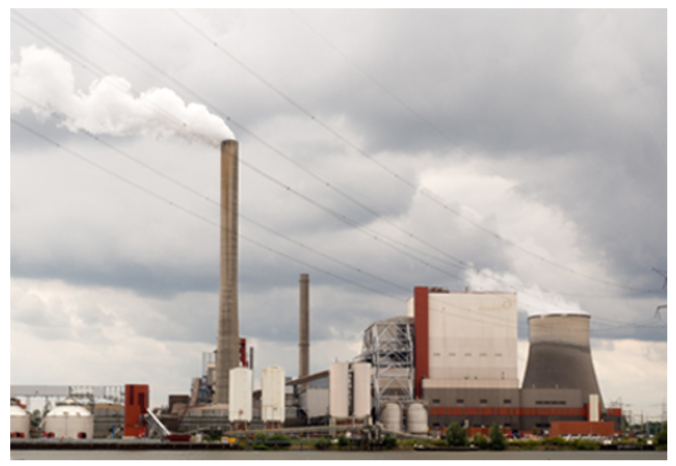
On Wednesday September 4th, I had the pleasure of presenting before the Standing Committee on Law Amendments regarding the assessment and taxation of heavy industry in New Brunswick. I was pleased to see such a high level of interest from Committee members in understanding how property tax assessments (which are based on market value) are calculated.
Fair assessments start with accurate estimates of a property’s value. In a market value assessment system, there are no “breaks” or “deals” for property owners. Assessment professionals take their cues from the market and adjust their models so all assessments approximate market value.
Understanding the assessment system means understanding market value and the factors that influence it. Most of us have a reasonable understanding of the factors that influence the value of our homes. We understand that a strong housing market drives higher values for all houses. We understand that a property with features that purchasers desire (e.g. great kitchen; open concept design; a finished basement) will have a higher value than one that lacks these features or is in a state of disrepair. We understand “location, location, location”, and the benefit of being close to amenities like parks and schools, and the disadvantage of being located next to negative influences like landfills or flood zones.
Although the market for heavy industrial properties is global as opposed to local, the factors that influence their value are not dissimilar. When markets are strong (i.e. there is a balance between the number of buyers and sellers), values can be stable. When markets are weak (there are more sellers than buyers), values will fall. Individual facilities can become less appealing to buyers as they get older, or if the building design and layout will not accommodate the most efficient technology or process. Location also applies. Instead of proximity to parks and schools, ask if the facility is located close to its raw material, or close to where it sells its final product? Does the location offer a competitive advantage or disadvantage in terms of the cost of inputs to production?
The 2013/2014 re-assessment of pulp and paper mills in New Brunswick generated questions from the Committee and provides an excellent case study for the factors that impact the market value of heavy industrial properties generally. If you understand the factors that impact housing values, consider the following scenario. Imagine an older neighborhood with houses built up over a period of 100 years. The market is poor, and there are significantly more sellers than buyers. When you look up and down the streets, approximately 1/3rd of the houses are vacant and boarded up while they wait to be demolished. Demand is weak generally, but the houses in this neighborhood are especially less appealing than newer houses because they are older and are lacking in amenities that purchasers require. The purchasers themselves have concluded that it would be much less expensive to build a new house than to modernize the older structures. In fact, the houses are so functionally obsolete, there are builders constructing houses across town with all of the amenities purchasers demand for less than half the cost of reconstructing replicas of the homes in the older neighborhood.
This was the state of the market for pulp and paper mills at the time of the reassessment. Maritimers will recall closure of mills in Bathurst, Dalhousie, Miramichi, Brooklyn, and Port Hawkesbury; all but one were subsequently demolished. Assessors and Appeal Boards in assessment jurisdictions across the country were tasked with coming up with an estimate of the market value of these assets. Many experts provided testimony, and Appeal Boards in contested hearings in Ontario ordered assessment reductions ranging from 60% to 75%. It shouldn’t be surprising that experts tasked with determining the values of mills in our region came to similar conclusions.
To be clear, the assessment process is about ensuring that assessments reflect market value, not about providing a “break” or a “deal” on property taxes.

André Pouliot is a Senior Manager in the Property Tax Division at Turner Drake & Partners Ltd. André holds professional designations in Valuation with the Appraisal Institute of Canada, Royal Institution of Chartered Surveyors and has more than 20 years of experience in the assessment and valuation of heavy industrial, commercial, and investment properties.
